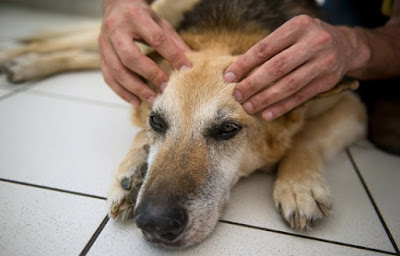There are bacteria and fungi which are normal inhabitants of a dog’s
paw pads. Sometimes, these pathogens can multiply and cause infection
when conditions are ideal. In fact, skin infections caused by bacteria
and fungi are common in dogs and often affect their paws. A dog with a
paw problem may be seen licking and chewing his paws persistently. There
may also be swelling, pain, redness, and there may be oozing or pus.
The infection usually localizes in the skin between the dog’s toes and
other skin folds of the paws. Fungi and bacteria thrive in areas of the
skin which is frequently moist. The nails of affected dogs may also have
a brown discoloration. The most common types of fungus that cause paw
infections are yeast and ringworm. Some infections involving the paws
are sequels to allergic reactions. Any problem affecting your pet’s paws
should be brought to the attention of a vet Sarasota, FL.
To know more, make an appointment here: https://sarasotaanimalmedical.com/
To know more, make an appointment here: https://sarasotaanimalmedical.com/






